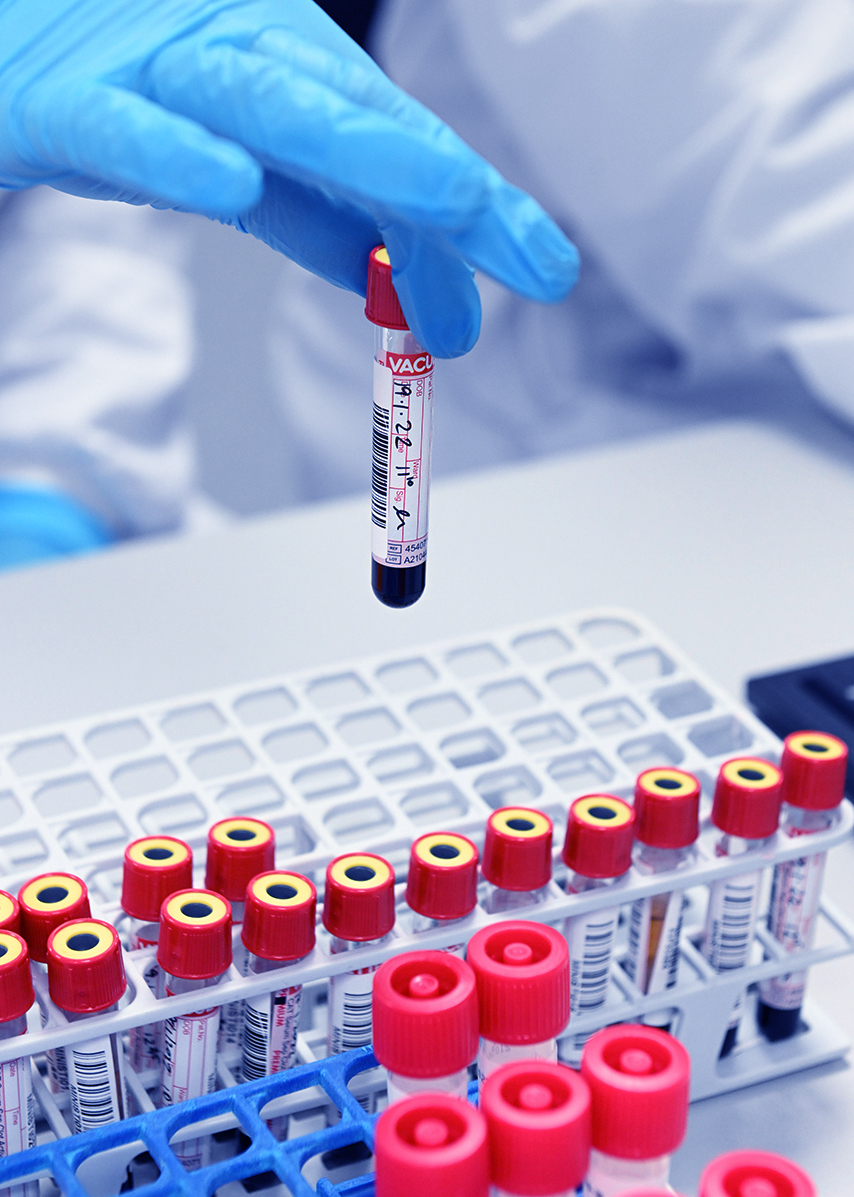Testosterone secretion in males follows a circadian rhythm, with a peak at 7-9 am and through into late afternoon. Measurement of serum testosterone concentration is useful in the investigation of hypogonadism, the monitoring of testosterone hormonal therapy, in the assessment of impotence, as part of fertility investigations and in women with androgenic features clinically such as hirsutism and virilization.
In men, low testosterone can be due to testicular or pituitary failure. If testosterone is low and FSH, LH are raised, the underlying cause is primary testicular failure. Levels may also be decreased with liver cirrhosis and in severe obesity. If serum testosterone level is low, this confirms hypogonadism. In older men, SHBG rises and leaves less active unbound testosterone. Raised levels occur with anabolic steroid overuse.
In children, it can help determine gender in ambiguous genitalia and high levels can confirm the onset of precocious puberty in younger boys.
Women with PCOS often have an increased level of both total testosterone and free testosterone. Androgen levels increase (DHEAS, testosterone, androstenedione), SHBG level reduces and AMH is often elevated. These cause disruption to normal ovulatory menstrual cycles. Other, more rare causes of raised testosterone, include adrenal hyperplasia or adrenal tumours.







